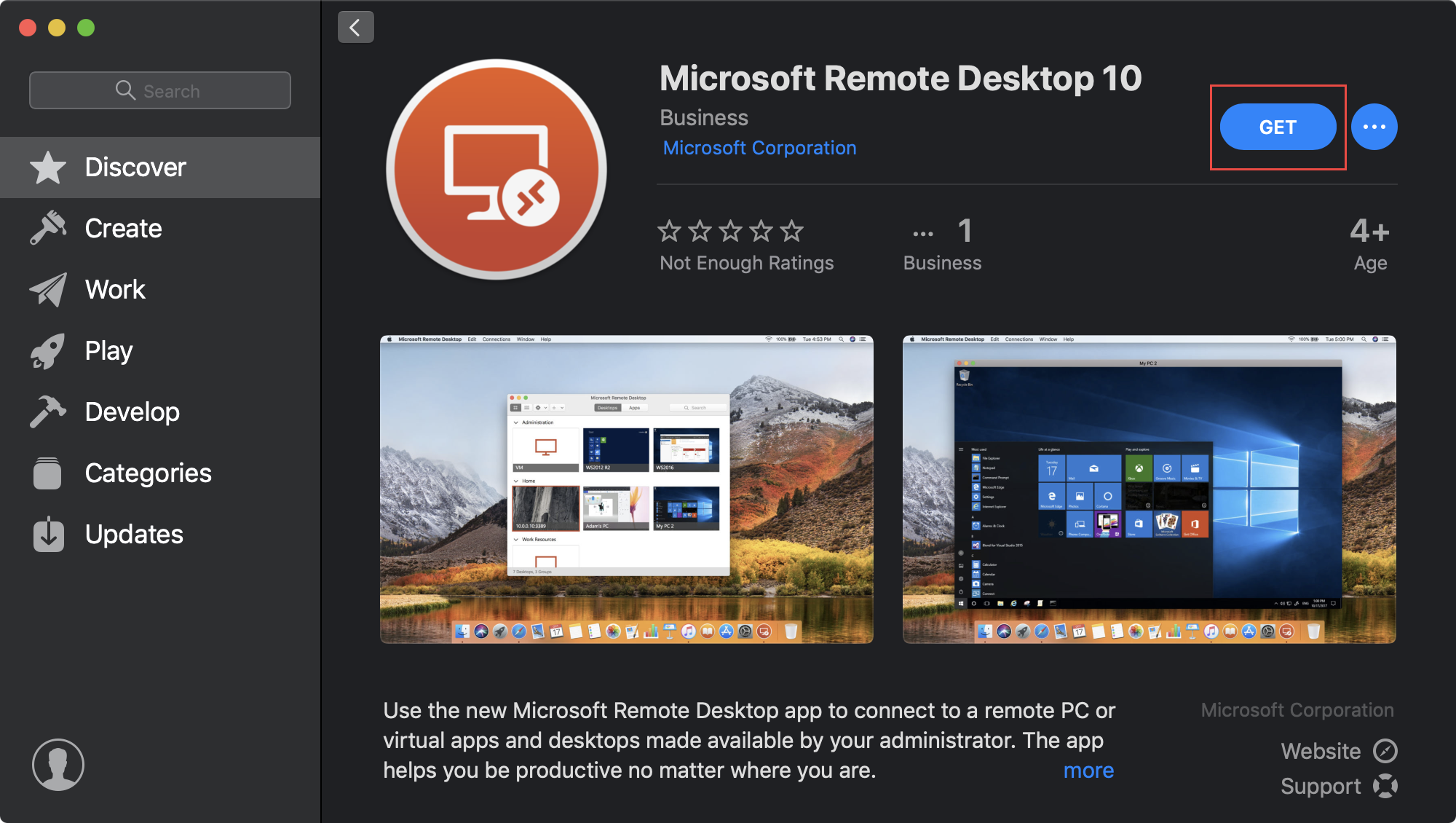- Firstly, to start we’ve to enable remote access on windows 10, to do that Control PanelWindows firewallAllow an app or feature through windows Firewall then click change settings and enable Remote Desktop.
- LogMeIn Free allows you to conveniently remotely control a Mac computer running OS X from Windows through its web interface or the Firefox plugin. First you will need to create a free account, then login from the Mac computer and click the Add Computer button to download the LogMeIn Installer.
Use Remote Desktop on your Windows, Android, or iOS device to connect to a Windows 10 PC from afar.

Set up the PC you want to connect to so it allows remote connections:
Make sure you have Windows 10 Pro. To check, go to Start > Settings > System > About and look for Edition. For info on how to get it, go to Upgrade Windows 10 Home to Windows 10 Pro.
When you're ready, select Start > Settings > System > Remote Desktop, and turn on Enable Remote Desktop.
Make note of the name of this PC under How to connect to this PC. You'll need this later.
Use Remote Desktop to connect to the PC you set up:
On your local Windows 10 PC: In the search box on the taskbar, type Remote Desktop Connection, and then select Remote Desktop Connection. In Remote Desktop Connection, type the name of the PC you want to connect to (from Step 1), and then select Connect.
On your Windows, Android, or iOS device: Open the Remote Desktop app (available for free from Microsoft Store, Google Play, and the Mac App Store), and add the name of the PC that you want to connect to (from Step 1). Select the remote PC name that you added, and then wait for the connection to complete.
Boot Camp Control Panel User Guide
In Windows on an Intel-based Mac equipped with a built-in infrared receiver, you can pair it with an Apple Remote to control iTunes and Windows Media Player, if they’re installed on the Mac. You can use the remote to open iTunes, change the sound volume, start or pause playback, and skip to the next or previous item.
If the remote has an unobstructed line of sight to the receiver, it can work at a distance of up to 30 feet.
Pair your Mac with a remote

If you have more than one infrared-equipped Mac in the same location, you can connect, or pair, each Mac with a specific Apple Remote, so that each Mac takes commands only from the paired remote. A Mac that isn’t paired with a remote can take commands from any remote within range.
You can pair a Mac with only one remote at a time.
Hold the remote close to the Mac (3 to 4 inches away), then point the remote at the front of the Mac.
Press and hold the Menu and Next buttons on the remote for about 5 seconds, until a chain link symbol appears onscreen.
Unpair your Mac from an Apple Remote
The best ways to run Windows 10 on a Mac Two business-class virtualization tools, macOS’s own Windows partition feature, and two hobbyist-oriented tools give you plenty of options to have your. Using third-party applications such as LogMeIn, RealVNC, TeamViewer and Chrome Remote Desktop or the built-in Remote Desktop (Remote Management). If you want additional features such as sharing files, collaboration, and print from the remote machine, then you’ll need signing up to subscription services.
If you want to use your Mac with a different remote, you must unpair it from the first remote.
In Windows on your Mac, click in the right side of the taskbar, click the Boot Camp icon , then choose Boot Camp Control Panel.
If a User Account Control dialog appears, click Yes.
Click Remote, then click Unpair.
Disable remote control
To prevent your Mac from being controlled by a remote control, turn off infrared reception.

Windows 10 Download
In Windows on your Mac, click in the right side of the taskbar, click the Boot Camp icon , then choose Boot Camp Control Panel.
If a User Account Control dialog appears, click Yes.
Click Remote, then select “Disable remote control infrared receiver.”
If you don’t see the Remote pane in the Boot Camp Control Panel, your Mac can’t be controlled by a remote control.
Open iTunes using an Apple Remote
Remote Access Windows 10 From Macbook
